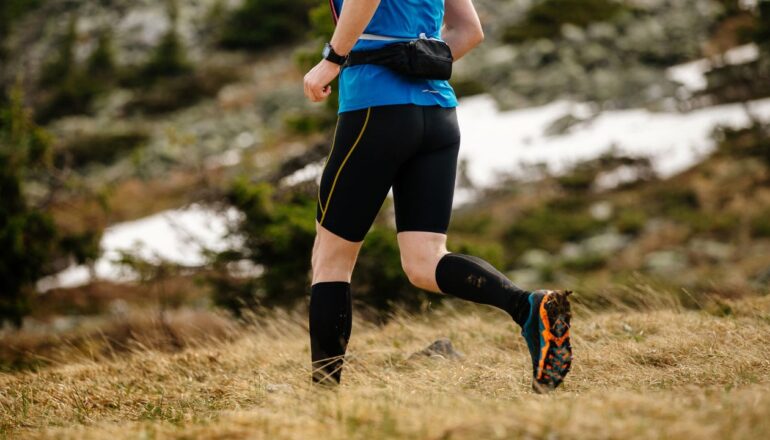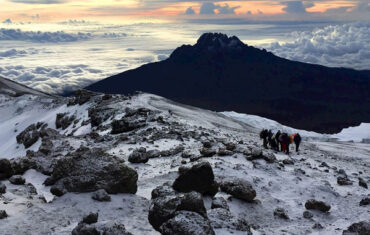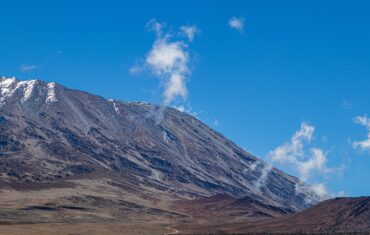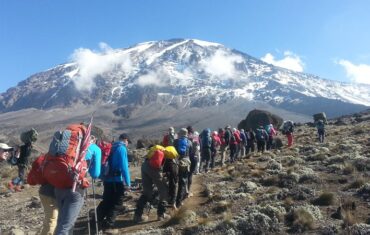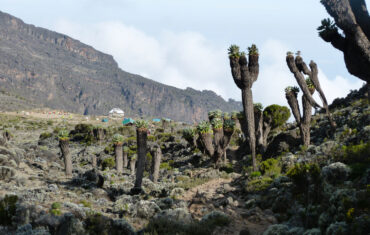When preparing for a successful summit of Kilimanjaro, it is crucial to carefully consider the appropriate gear to pack, including hiking socks. Packing light is essential for Kilimanjaro climbing, so what are the recommended hiking socks for this adventure?
Throughout the entirety of the Kilimanjaro climb, porters are responsible for carrying your bag containing vital items such as tents, food, kitchen equipment, sleeping bags, and other necessities. It is crucial to prioritize the most important items and adhere to the Kilimanjaro Gear List to avoid unnecessary burdens. Essential items include trekking boots, sunglasses, a hat, comfortable liners, and more.
An essential item to consider for your Kilimanjaro climb is hiking socks. It is crucial to choose the appropriate socks that not only keep your feet warm but also provide proper protection within your shoes. It is recommended to have at least two pairs of socks readily available to avoid wearing sweaty or wet socks during the climb.
Additionally, the extended hours of walking on challenging terrain can put significant stress on your feet, emphasizing the importance of being adequately prepared. Wearing the right pair of socks can greatly assist in this regard. These socks provide cushioning, breathability, and minimize friction between your feet, the rugged ground, and the sturdy boots.
SO, LET’S BEGIN BY EXPLORING THE OPTIMAL TYPE OF SOCKS FOR CLIMBING KILIMANJARO.
Selecting the appropriate footwear is crucial for a successful Kilimanjaro climb, and this includes paying extra attention to choosing the right shoes, boots, and socks.
It is important to avoid using regular cotton socks for this endeavor since they tend to retain sweat, leading to blisters. Instead, opt for warm socks made from wool and nylon materials. These specialized socks not only help in keeping your feet warm but also have the ability to quickly wick away moisture.
A FEW SHORT TIPS FOR SELECTING THE BEST SOCKS FOR KILIMANJARO
Before embarking on your Kilimanjaro journey, it is essential to ensure a proper fit by trying on your socks with the boots. This step ensures that the socks fit snugly within the boots, providing optimal comfort and avoiding any potential discomfort during your climb.
- It is important to ensure that the heel cup of the socks rests properly on your heel, neither too low nor too high, as this can cause discomfort.
- The socks should fit snugly but not be overly tight or constrictive, allowing your feet to breathe.
- The toe seam of the socks should lie flat along the top of your toes, neither above nor below, for added comfort.
- It is also important to ensure that there is no excess material sagging below your foot from the sock.
Socks Fit:
The optimal approach is to try on hiking socks with your hiking boots before purchasing them. This ensures a proper fit and helps avoid any potential distractions or discomfort caused by ill-fitting socks during your climb. By trying them together, you can ensure that the socks and boots work well in unison, enhancing your overall comfort and performance during the journey.
Socks Length:
Ensure to select hiking socks that are at least low calf length or longer. It is not recommended to opt for ankle-length or shorter socks, as they may not provide adequate insulation in low-temperature environments at higher altitudes.
However, it is advisable to choose sock length that extends above the edge of the boots you will be wearing for the climb. This helps prevent friction between the socks and your skin, which can result in discomfort, soreness, and blisters.
Socks Weight:
The weight of hiking socks depends on the material and construction style, with heavier socks providing more cushioning.
Lightweight socks are suitable for warm weather hiking and can be used if your feet do not easily get cold as the temperature drops. Heavyweight socks are better for cold weather conditions, as they offer enhanced impact absorption but may cause excess sweating and heat. It is recommended to carry a pair of heavyweight socks specifically for the chilly summit night.
Medium weight socks strike a balance between warmth and comfort. They can be layered or doubled up for additional insulation when needed. It is advisable to pack more medium weight socks to ensure the right balance of warmth and versatility.
Socks Material:
Wool is a popular choice for hiking socks, but a blend of wool and nylon can also be a favorable alternative. Synthetic socks are also highly regarded as they are moisture-wicking and do not absorb liquid as readily as wool. In fact, synthetic socks are often known for their superior moisture management capabilities when compared to wool.
Socks Liners:
Sock liners are thin, snug socks worn between the foot and hiking socks. They play a crucial role in moisture-wicking, preventing blisters, and reducing friction between the foot and hiking sock. They provide an additional layer of protection for your feet throughout the challenging Kilimanjaro climb.
Toe socks liners are also an excellent option for keeping moisture at bay. They effectively wick moisture from between the toes, keeping them drier and warmer compared to regular liners. However, it is important to ensure that the toe socks fit properly to maximize their benefits.
Despite being a small piece of gear, hiking socks hold significant importance in the recommended Kilimanjaro Gear List. Paying attention to the smallest details in your choice of hiking socks can contribute to the overall success of your climb.
For further information, please feel free to visit site at www.africanmemoriesexplorers.com

